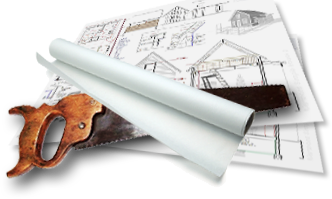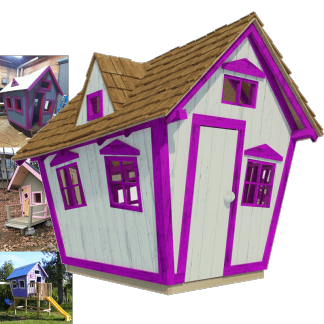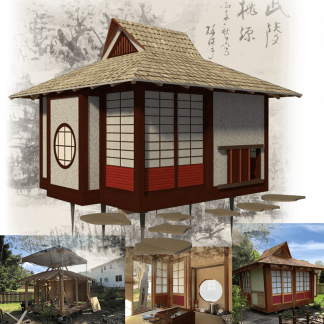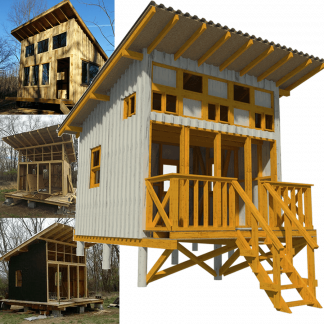lot of us assume that aging, drafty windows are just waiting to be ripped out and swapped for shiny new replacements. We picture installers hauling away our vintage frames without a second thought for the charm they bring. But before you toss your historic panes, pause and consider another path—one that preserves character and avoids a cycle of waste. When homeowners call Chameleon Decorators & Windows Restoration they’re often surprised to learn that restoring old windows can save money, cut carbon emissions, and keep the soul of the house alive. It’s not just about fixing cracks in the glass; it’s about honoring craftsmanship that has stood the test of time.
The True Cost of “New”
Swapping out your original windows for new units can feel like a quick fix, but it carries hidden consequences you might not notice right away. First, every replacement unit chips away at the unique face of your home. Imagine a painting where someone simply paints out the intricate details you loved—your curb appeal loses its personality. Beyond aesthetics, manufacturing and shipping modern frames, often made from composite materials, churns out greenhouse gases and eats up precious resources. Then there’s the landfill issue. Old units get tossed, new ones arrive, and all that debris piles up. It’s like swapping an heirloom for a disposable toy that tears apart within a decade, leaving you to start the cycle over again. By contrast, your original windows were built with solid timber and heavy-duty joinery designed for a lifetime of repairs.
The Irreplaceable Quality of Old Growth Wood
Back when grand old homes were built, timbers came from forests that grew slowly over centuries. That slow growth created extremely dense, resilient wood that modern sawmills can’t replicate. This material resists warping, shrinks less in dry seasons, and holds paint far longer than fast grown options. When experts perform wood window restoration, they tap into all those hidden qualities, breathing new life into each sash and frame. Think of it like a classic car restoration—underneath a coat of paint lies fine steel, crafted before cost cutting became a priority. Professional restoration techniques involve careful stripping, sanding, and replacing only the rotted sections, so the original joinery stays intact. The result is a window that looks as authentic as the day it was installed and performs even better than a brand new off the lot.
Marrying Historic Character with Modern Performance
You don’t have to choose between charm and comfort. A full window renovation can bring century old units up to today’s energy standards without compromising beauty. Weatherstripping materials have come a long way, sealing gaps and keeping drafts at bay. Reglazing and adding thin insulating films can eliminate heat loss through the glass, while preserving the original sightlines that give those windows their elegant look. In many cases, sash window renovation includes installing discreet double glazing within the existing frame, letting you capture modern efficiency without altering profiles. Imagine your home breathing new life, offering the cozy warmth you crave in winter and letting soft breezes in when the weather warms up—all while looking just as timeless as it did a hundred years ago.
The Smartest Choice for Your Home’s Future
Choosing window restoration feels like making a long term investment rather than buying into a short lived fad. Consider these benefits before you jump into a replacement cycle
- It retains the genuine story and architectural value of your property
- It cuts down on waste by avoiding landfill overload
- It harnesses the superior durability of old growth wood for decades more
That single renovation effort keeps your home unique, reduces your environmental impact, and often costs less over time than multiple rounds of new window installation. Renovating instead of replacing sends a message that quality matters. It’s a statement to future buyers that this house has roots, backstories, and an investment in longevity rather than the quick turnover of mass produced units. In many communities, historic preservation guidelines even offer financial incentives or tax credits for restoring original features. That means you not only protect your investment, but get some help from local programs designed to keep heritage alive. It’s a win for your wallet and a win for your neighborhood’s character.
Preserving More Than Just Glass and Wood
Seeing restoration as an act of care transforms the process entirely. You’re not simply repairing broken parts; you’re safeguarding a piece of history. Each window holds memories of seasons past, sunsets caught in the glass, and family gatherings framed by that very structure. By choosing renovation, you’re choosing to pass that legacy on, unaltered, to the next generation of homeowners who will continue to enjoy the unique warmth and character these windows provide. Rather than viewing your old units as liabilities, think of them as treasures waiting for a little expert attention. With the right skills and materials, those windows can outperform newer models, both in looks and in comfort. Restoring a window is like recharging an ancient battery — once you get past the surface wear, you tap into power that modern designs can only try to mimic.
Your Home’s Story Continues
When you weigh the environmental impact, the craftsmanship of old growth wood, and the chance to preserve authentic character, it’s clear that restoring original windows makes more sense than replacing them. The next time you notice a draft or a worn sash, remember that repair is an act of stewardship. You keep your home’s story intact, save resources, and end up with a durable, high quality finish that new units simply can’t match. Restoring windows isn’t just smarter — it’s a tribute to enduring quality.








